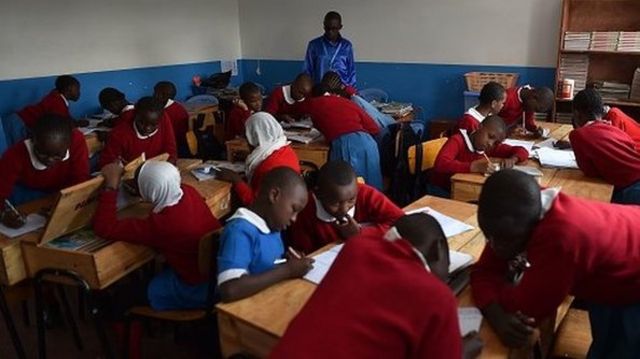By Paidashe Mandivengerei
IN 2012, Maria Hoko* who had just had her union with her high school sweetheart solemnised, gave birth to a baby boy
The new addition brought joy to her family.
That joy was, however, short-lived when, a few days after birth, she noticed her son Emmanuel’s* inability to move parts of his body. When he was half a year old and his agemates were starting to sit on their own, he could not maintain the same balance.
The peasant couple could not afford funds to send their child to hospital early and by the time they had saved enough, he was diagnosed with severe cerebral palsy.
Cerebral palsy is a disorder that affects one’s ability to move and maintain balance and posture caused by abnormal brain development that affects the ability to control muscles. The condition is characterised by difficulty with balance and posture, with cases ranging from mild to severe.
With cerebral palsy, Emmanuel’s speech is badly impeded and has scoliosis (where a spine curves to one side of the body).
After battling to raise funds for Emmanuel’s medical treatments (surgery, braces, physical and speech therapy) and commuting regularly from their home in rural Bindura, about 90km northeast of Harare, to the capital for doctor’s consultations and seeking interventions from faith leaders, his parents resorted to taking care of him at home.
The disorder requires him to use special equipment to walk, which he has never owned due to financial constraints and relies on his mother, who is his primary caregiver, to carry him.
Emmanuel is now nine, and it still saddens his mother, Maria, that he cannot lead a “normal life” like his two younger siblings and age-mates.
Due to his condition, his parents did not enrol him in school, citing there is no one there to keep an eye on him.
In Matepatepa, Bindura, where the Hoko family lives, there are only two primary schools close to their home, Dambawira and Chumberi Primary School, which are 2km and 3.5 km from the family’s homestead respectively. Both schools have no facilities to cater for the needs of children with disabilities.
“Other children in our village walk 4km a day to and from the nearest school and this was going to be a problem considering Emmanuel would need someone to carry him there as he has no wheelchair. The school does not cater for the needs of special children like Emmanuel, who would feed him there, take him to the toilet and give him 100% of their attention so we just decided it was best to keep him home. We wish he could also go to school but there is nothing we can do about it,” his teary mother explains.
Emmanuel has difficulty speaking and his physical development is stunted, but his family has adapted to his needs and fairly understands his slurred speech. The family, which relies solely on their harvest yields for income, lacks the social security they badly need. Unlike most families, they have high living costs and few earning opportunities.
His wheelchair is now worn out and his mother, who spends all her time tending to his needs, has to carry him around and feed him. He also wears diapers as he cannot control his bowel movement. The costs are out of the family’s reach and they have had to improvise and use washable cloth nappies.
Emmanuel’s story mirrors that of many other children with disabilities in rural Zimbabwe who have found themselves excluded from the education sector.
Disability Amalgamation Community Trust director, Henry Chivhanga, argued that while the government has the inclusion policy, schools cannot effectively implement it.
“The challenges faced by learners with disabilities in rural areas is mainly because they are not readily accepted by their communities, especially in the schools, which makes them feel like they are not wanted. The issue of distance is very critical in that some need transporting them to school and this is hard, considering the bad state of the roads.
Although government has the inclusion policy, schools are not equipped to implement the policy effectively, whereas efforts have been made. Regarding ramps, there are still huge gaps to be addressed; lack of teaching and learning material in different formats to cater for the disability need, exclusion in sporting activities, schools are not adequately funded despite enrolling learners with disabilities”.
Ministry of Primary and Secondary Education Director Of Communications and Advocacy, Taungana Ndoro, said the government has made attempts to provide facilities for learners with disabilities and is currently working on putting them in place in the schools which do not have them.
“We are a very inclusive Ministry of Primary and Secondary Education, and we have policies in place to ensure that there is inclusion within all our schools. Inclusivity does not mean distance only, it also means how a learner is treated within our schools. If a learner is disabled, they are treated the same as others, those on wheelchairs have romps to get to their classes, those who are hard of hearing are provided with hearing aids, the visually impaired are given braille to read. There are very isolated cases where a school lacks these facilities, and we are aware of these schools, and we are getting there.”
UNESCO Regional Director for Southern Africa, Prof. Hubert Gijzen, in the 2020 Global Education Monitoring Report, said Zimbabwe was ‘committed to inclusive education in its broad sense’.
